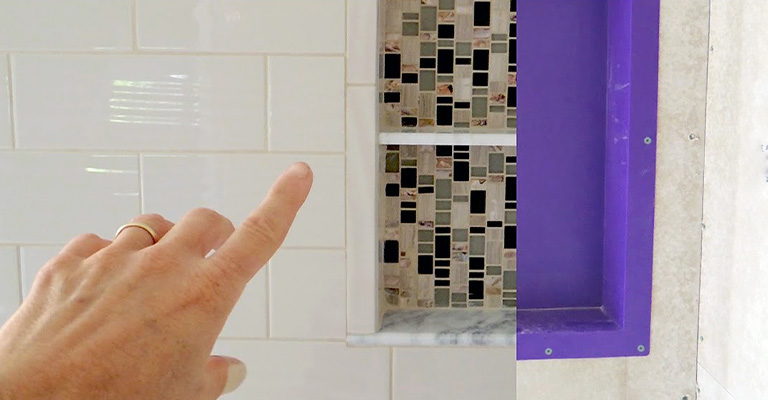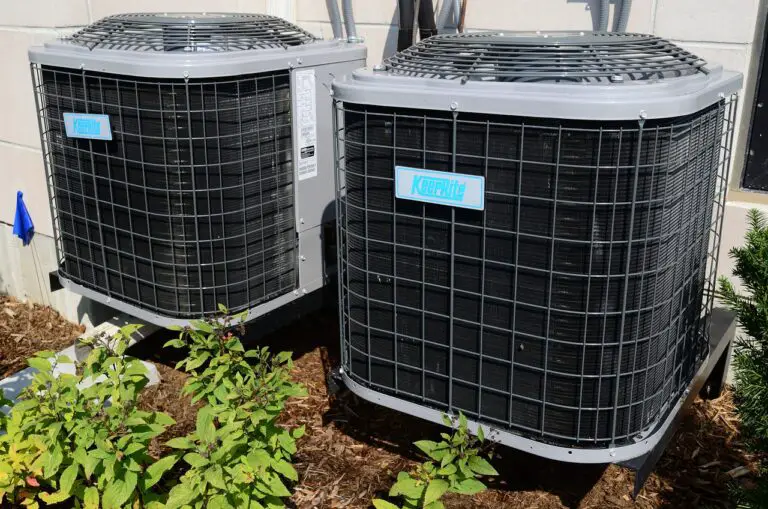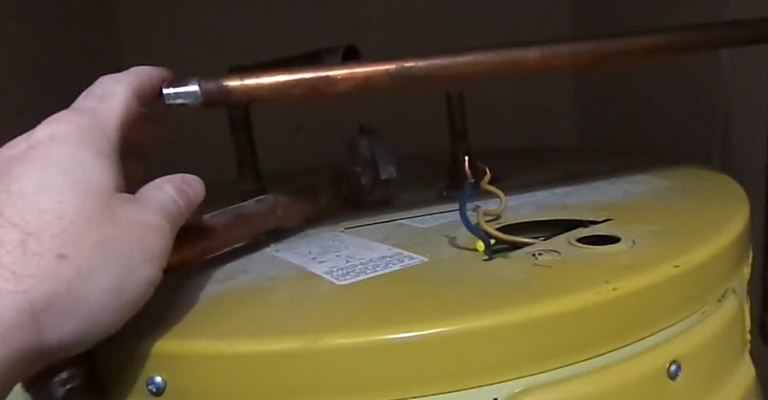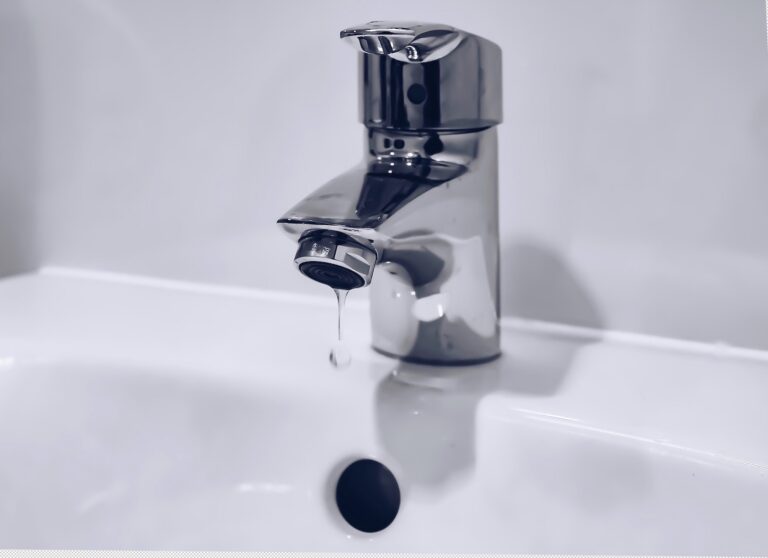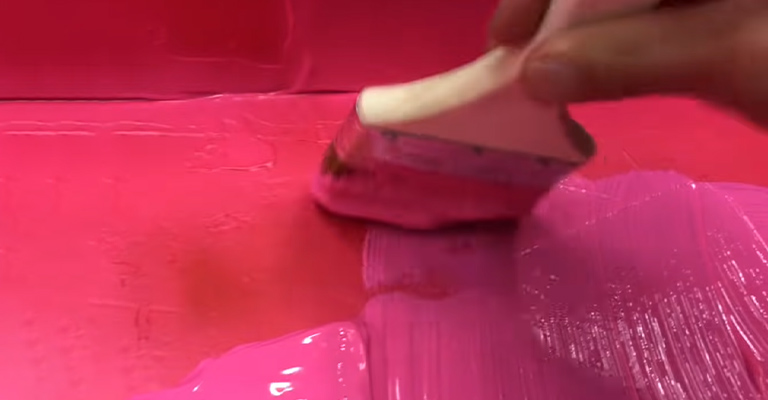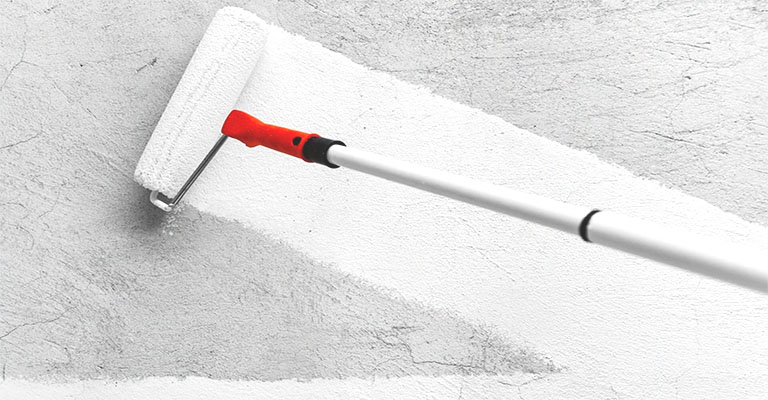How Do You Fill Gaps In Chain Link Fence – 10 Best Practices
Chain link fences are popular among homeowners and businesses for their ease of installation and ability to keep intruders out. However, there is one problem that most people don’t think about – the holes at the bottom of the fence.
These fences are a common sight in many residential areas, but what happens when the holes at the bottom of the fence begin to get too big?
If you have a chain-link fence and holes at the bottom, then you might want to consider repairing the fence. Repairing it is not difficult and anyone with basic tools can do it.
Chain link fences are made of steel, so it is easy to cut out the damaged area, weld in new links, and then paint over it.
What Is A Chain Link Fence?
Chain link fences are typically used to divide a yard from a public space. They can be found in the backyard of many homes, yards, parks, and schools. Chain link fences are made up of metal bars that are linked together with wire.
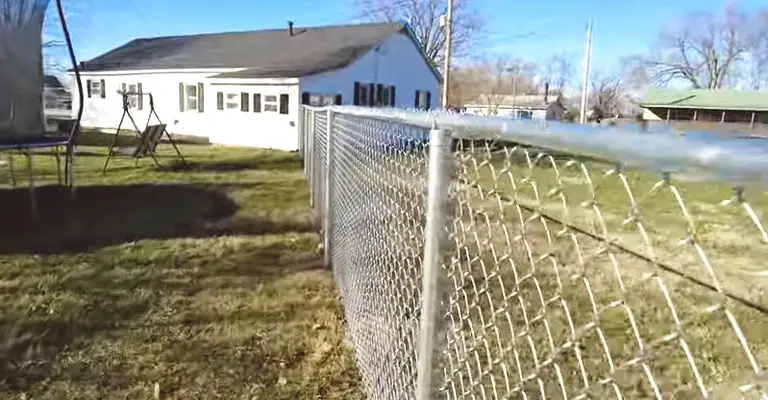
Chain link fence is more difficult to close than a wooden one. It has more sharp metal edges that can cause injury if you make contact with them when closing the fence.
The best way to close a chain link fence is by using proper tools and techniques that reduce the risk of injury or damage to the fence itself.
You should use pliers or wire cutters to cut through the links until you reach the top of the fence, where it meets the ground. You can then use your hands or pliers to remove any remaining links from this spot down to the ground.
Here’s some information about why it’s important for you to fix the gap between your fence:
Some pests like to enter your home through the ground. You can keep them away by putting up a fence, but you will have to replace it every few years.
This is why you need to fix the gap between the ground and your chain link fence. If you don’t, you may end up spending more on pest control than on the fence itself.
There are many benefits to fixing your fence. One benefit is that you’ll be able to keep your dog safe from other dogs and other animals that may want to harm them. Another benefit is that you’ll be able to keep your pet in one place, so they don’t have to go outside and come back in again when they need water or food.
10 Best Ways to Close the Gap in Chain Link Fence
Chain link fences need to be closed to prevent animals from escaping, but they can also be used as a border between two properties. They are affordable and easy to install and maintain.
Chain link fence gaps are usually small, but they can cause a big problem. There are many ways that you can close the gap in a chain link fence. However, the best solution would be to use a wire mesh or vinyl fence.
1. Using Old Tires
Chain link fences can be a bit of a hassle because of the gaps that need to be filled under them, which is where old tires come into play. Old tires can be rolled up and then put over the gap, providing a sturdy barrier against intruders and preventing damage to the fence.
Old tires are a cheap and sustainable way to fill the gap under chain link fences. This is because they are durable and have plenty of space for water, which is needed for the plants to grow in this area. Old tires also require less maintenance than other materials like sand or soil.
2. Using Cinder Blocks
Chain link fences are often used as a barrier between two properties, but they can also be used to keep animals away from an area. If the fence is too high for you to jump over, then you can use cinder blocks to fill the gap.
Allan blocks are also known as cinder blocks and are used as a physical barrier under a chain link fence. They come in different shapes and sizes to suit the needs of any contractor. It’s easy and quick for anyone to do this job, so it’s perfect for DIYers who don’t want to pay someone else.
Burrowing pests are common in all types of environments, but a barrier such as a tall fence is often enough to keep them out. However, digging the blocks into the ground may dissuade burrowing animals from trying to dig under your fence.
3. Using Chain Link Fence Stakes
Chain link fence stakes can be used to fill the gap between the top of a chain link fence and the ground below it. The stake should be long enough to go into the ground, about four inches, but not so long that it will poke through the bottom of the fence.
Metal rebar fence stakes, which can be shaped like candy canes or the letter “J,” are usually used for chain link fences. Hence, the name “J hook” or “J stake.” The length is usually between 12 inches and 16 inches.
The hook portion of these stakes can be used to grasp onto the chains of the chain link fence to help hold it in place. One or two per problem section of the fence should be enough to secure it, but, if necessary, use more.
4. Garden Fence Stakes
Using decorative garden fence stakes can create a beautiful space in front of the chain link fence and make it look like a natural barrier. Then you can plant flowers, put up flower pots, or simply plant grass in between the stakes.
They are the kind of fences that are usually used as decorative borders for flower beds or lawn edging. If you would like to add more stability to your chain link fence, pound them into the ground in front of it and then zip tie it together.
5. Using Tent Stakes
Tent stakes are light enough that they don’t weigh down your fence and heavy enough that they won’t blow away in the wind. If you need to fill in the gap under your chain link fence, you can use tent stakes. You can drive the stakes into the ground and then use them as support for your chain link fence.
The most important thing to remember when filling gaps with tent stakes is that you should use two stakes for every inch of space to completely fill the gap. Tent stakes are a good option for filling the gap under a chain link fence. They can be easily found in most camping stores and are relatively cheap.
6. Installing A Tension Wire
The tension wire is a type of fencing that is best used to fill the gap between two parallel fences. It is installed by using the existing fence posts and it has a metal rod at the bottom that goes through a hole in the fence. For example, it can be used to fill the gap under a chain link fence.
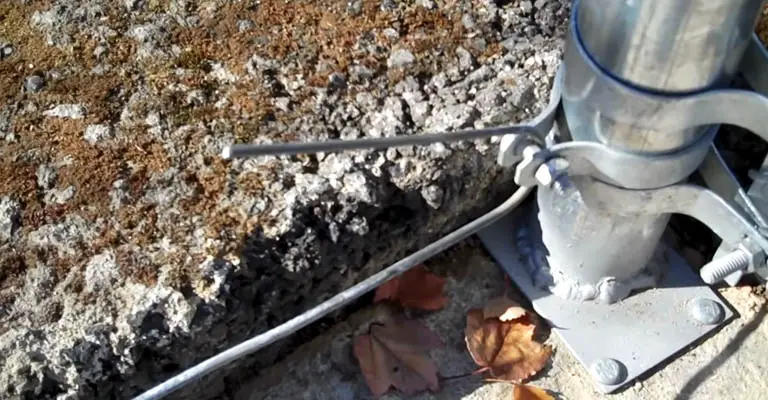
A tension wire won’t completely eliminate fencing gaps but it’s a good way to make sure that they’re sealed and secure. This can reduce some of the bulging and stretching that can occur on fences without tension wires.
Dogs getting stuck on fences is a real problem, and this would be a simple solution for anyone wanting to prevent this from happening.
7. Install A Bottom Rail
A bottom rail is a metal or wooden rail that is installed below a chain link fence. The purpose of installing the rail is to fill the gap between the bottom of the fence and ground level.
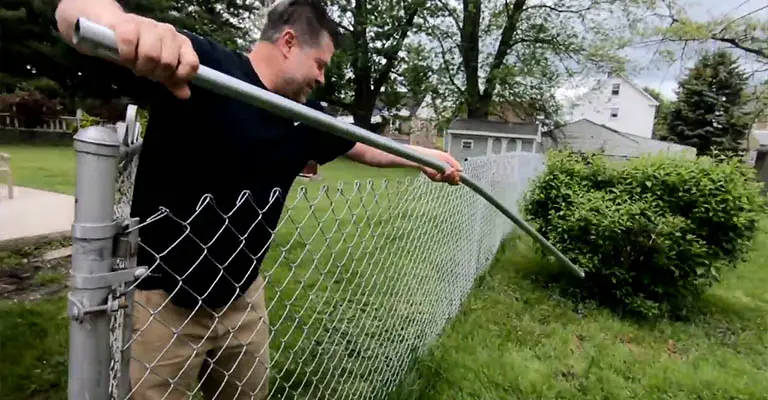
Adding a bottom rail to a chain link fence can help stabilize its bottom. Installing a bottom rail on your chain link fence will enable you to stabilize the bottom of the fence and prevent dogs from pushing the bottom of the fence out. Perhaps you should hire someone to do this for you.
8. Filling The Gap Under A Bottom Rail
The gap under the bottom rail of a chain link fence can be filled with dirt, sand, gravel, or stones. However, the gap under the bottom rail can be an eyesore when it’s not filled. Here are some ideas on filling the gap and making it look better.
- Fill it with gravel or stones
- Put down a brick or two
- Make your own bottom rail from metal
- Attach a piece of wood or plastic to the fence
9. Attach Wood Boards
By using some hardware like the Simpson Strong-Tie Pipe Grip, you can attach wood boards horizontally to the bottom of your chain link fence. Steel ties are designed to be used with wood boards to connect them to metal posts. If you have metal fence posts, just make sure you get the right size pipe grip tie.
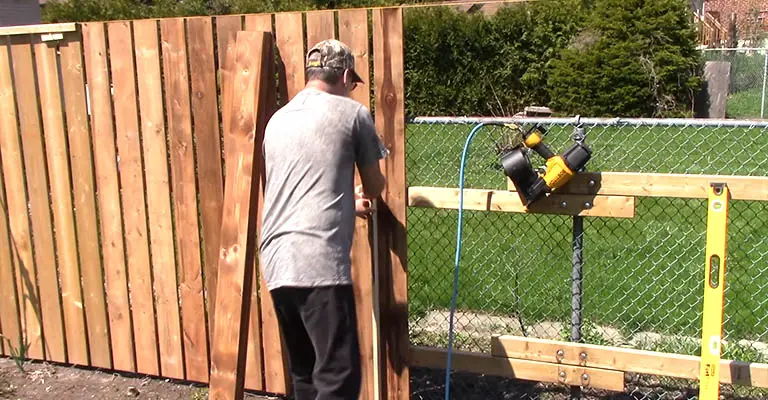
This is a simple way to add horizontal wood boards to the bottom of the fence to fill the gap under a chain link fence. The boards must be at least 3 inches thick and 24 inches wide. The width should be about 2 feet less than the height of the fence.
10. Put A Planter Box
If you’re planning on putting up a new fence, it’s best to plan ahead and think about what kind of fencing will go where. Remember that, unlike wood fencing, chain link fences are typically not painted, so they won’t look as aesthetically pleasing.
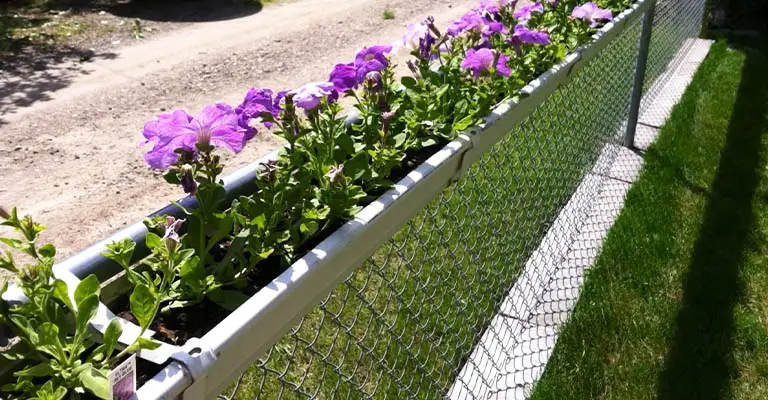
If you have a chain link fence, like most of the fences in the area, you should consider putting a planter box in front of your fence to fill the gap.
A planter box is an outdoor container with a drainage hole and can be used to create an attractive outdoor living space for plants. It will add a decorative touch to your yard and provide food for wildlife and pollinators.
Final Words
Chain link fences require proper care and maintenance in order to ensure that they last longer. Metal chain link fences can be damaged by weather and rusting if they are not properly managed. If you want you can convert the chain link fence to a vinyl fence.
If you want your chain link fence to last for a long time, you have to take special measures such as sealing it with paint or powder coating it with an epoxy resin. There are many reasons why you may need to fill the gap under your fence, and this article will give you some idea about it.

